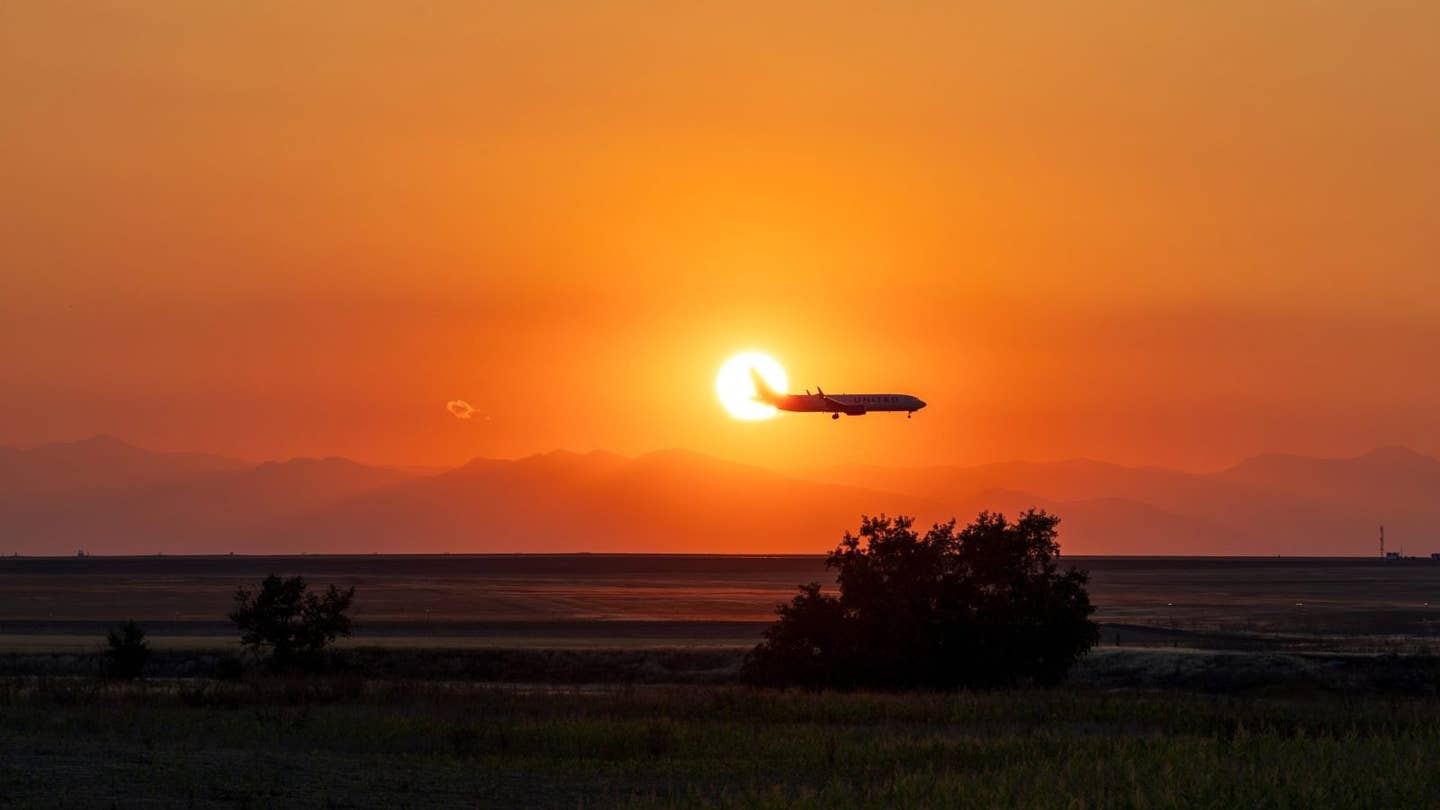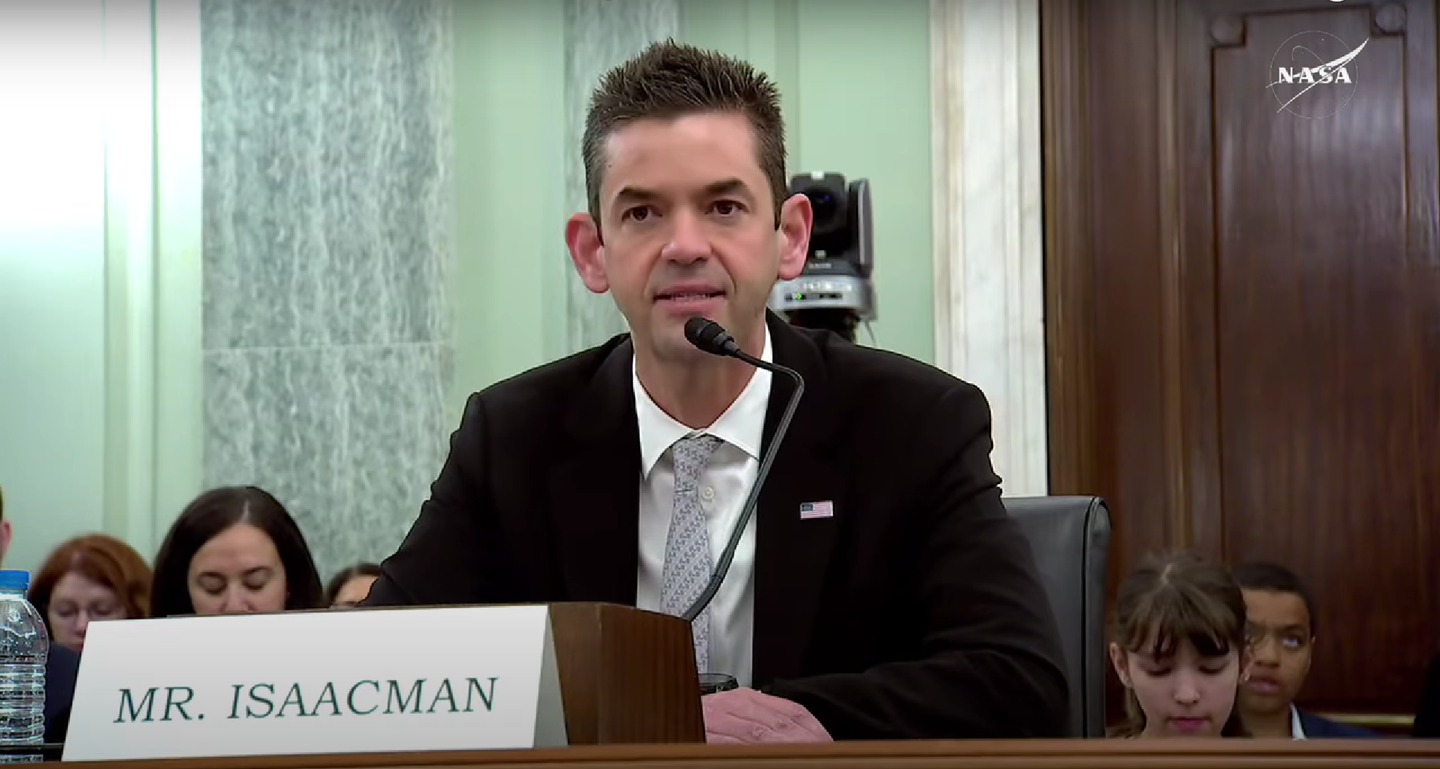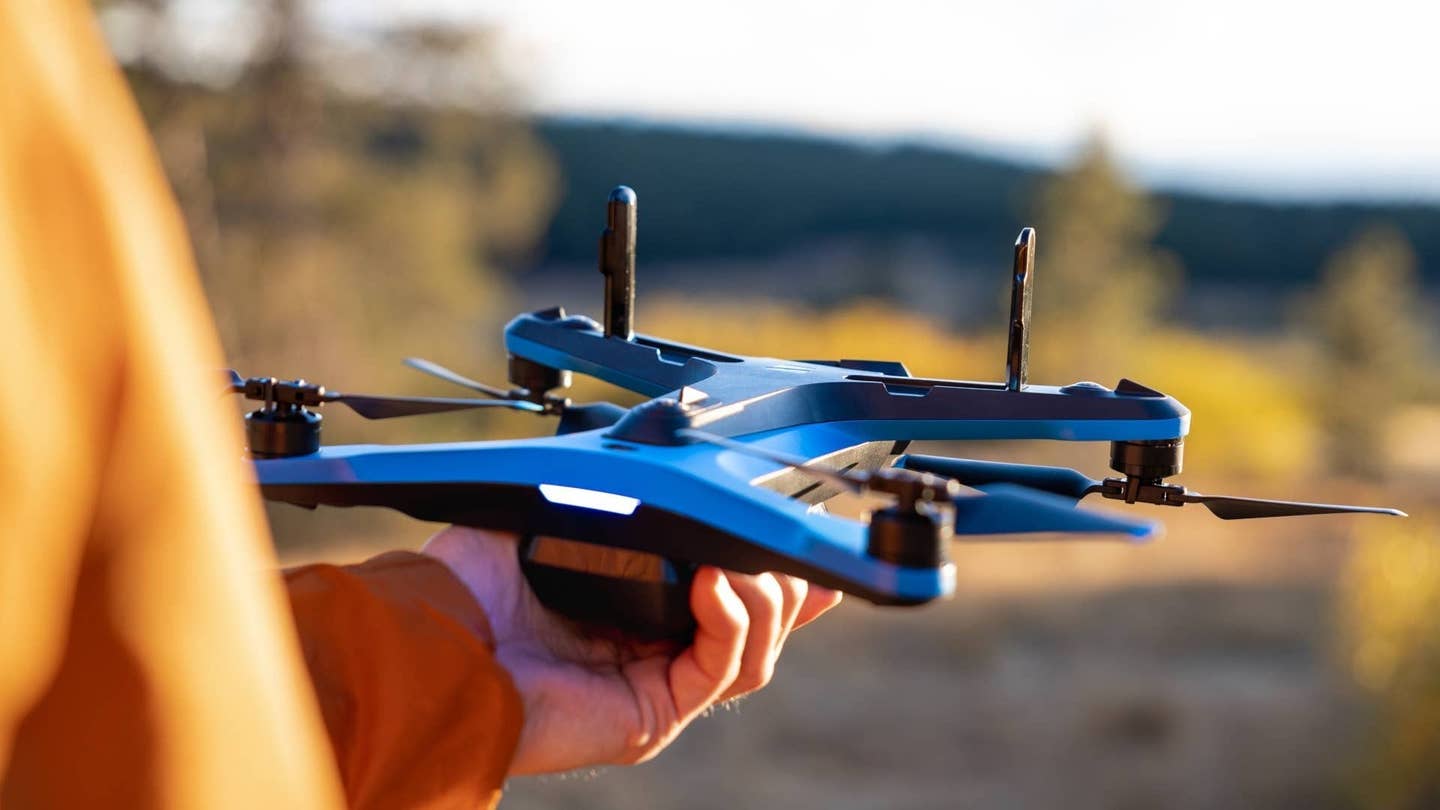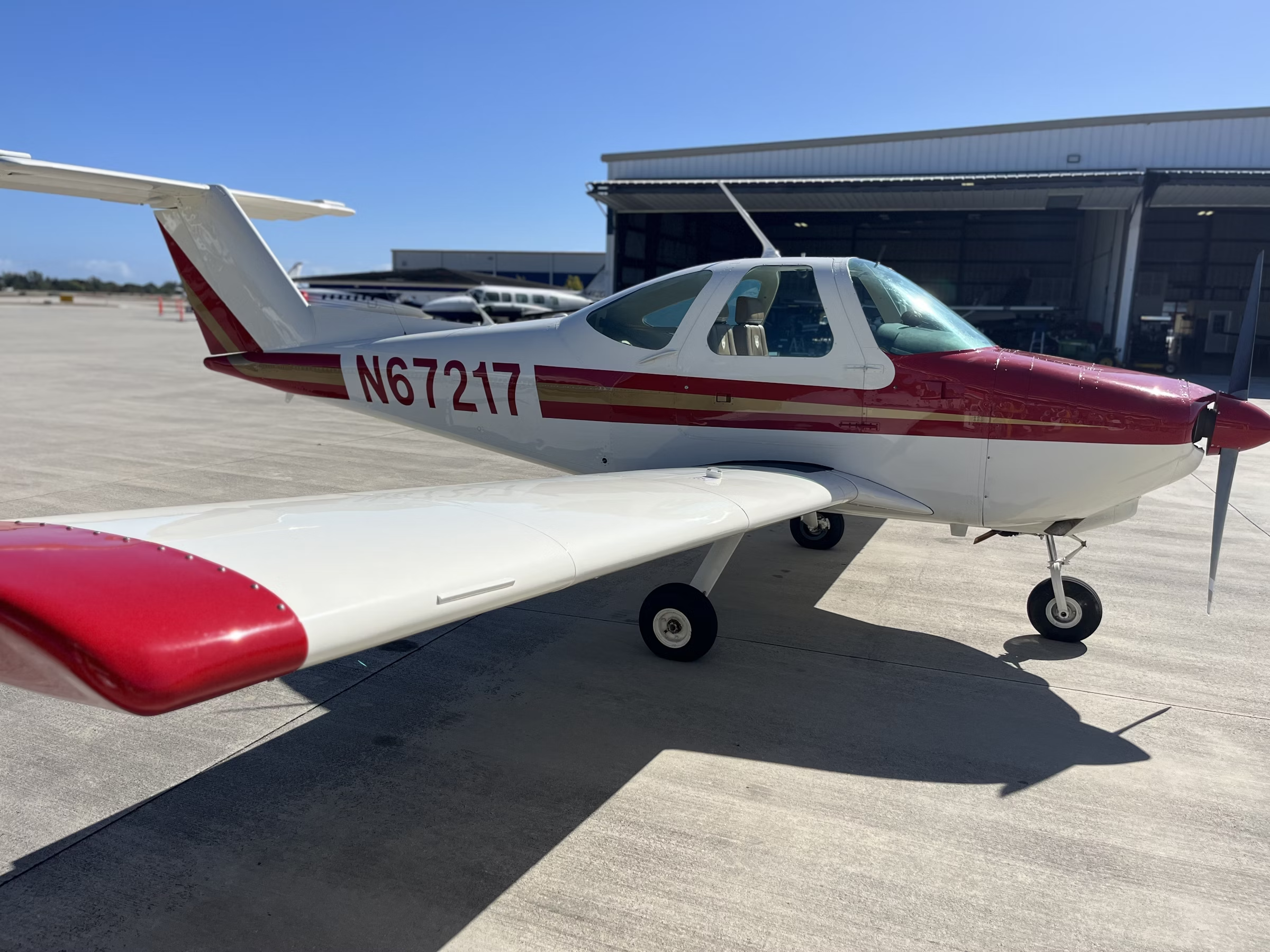Zipline Drone Delivery Takes Flight in Texas With Walmart—for Free
Free service offers aerial transport of more than 65,000 products in 30 minutes or less, including in rain and strong winds.
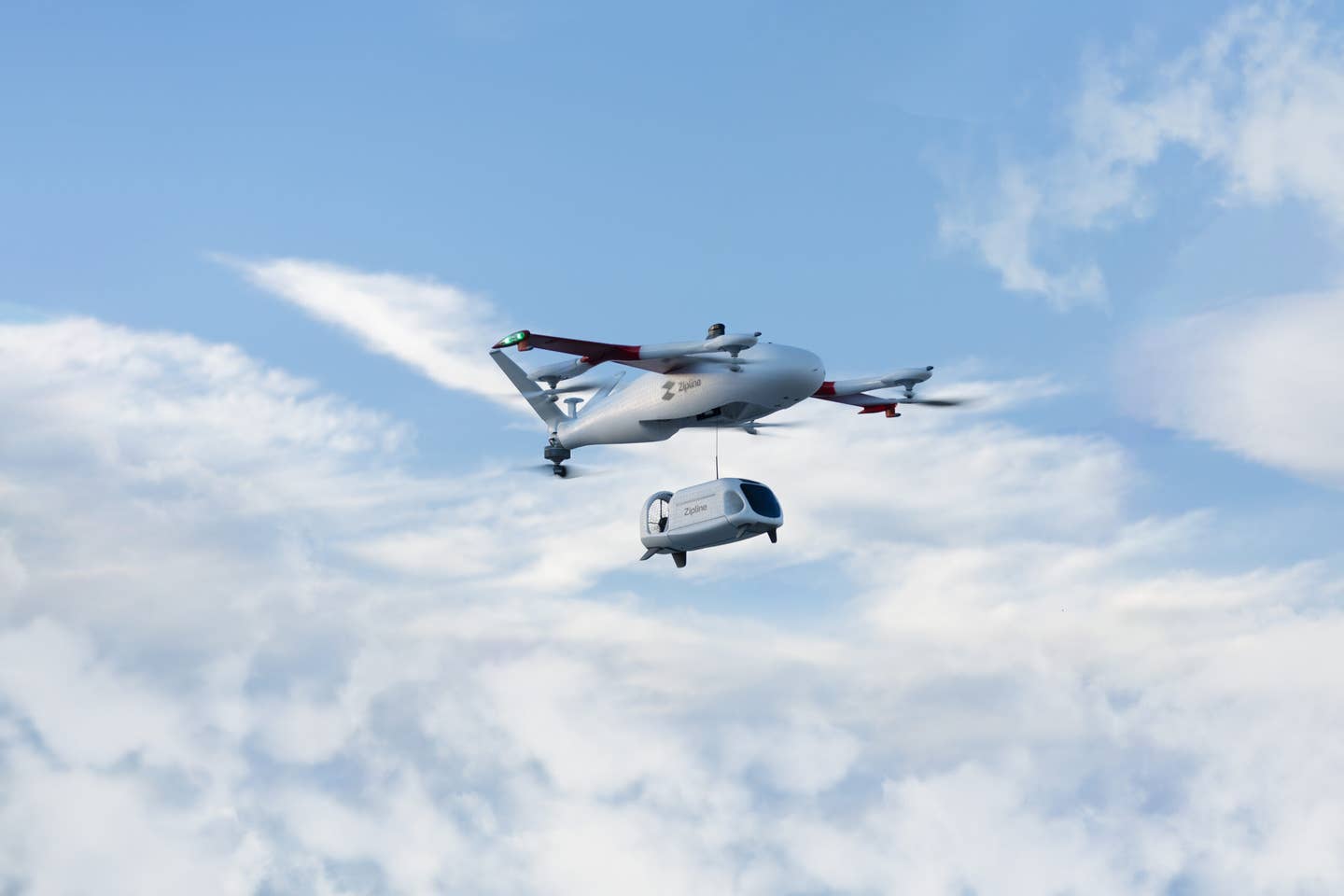
Zipline’s Platform 2 (P2) delivery drone, debuting this week in Dallas-Fort Worth, releases an autonomous ‘Zip’ to deliver cargo with precision. [Courtesy: Zipline]
After hundreds of thousands of test flights and years of piloting drone delivery in the U.S., Zipline has officially taken flight in the Dallas-Fort Worth metroplex with partner Walmart.
The world's largest drone delivery provider announced Tuesday that residents located within 2 miles of a Walmart Supercenter in the suburb of Mesquite are eligible for delivery of more than 65,000 items in 30 minutes or less. Zipline told FLYING the first order in Mesquite included a dozen eggs, a bag of Popcorners chips, and flower bulbs for spring gardening. The company said Walmart will set the price of the service, which at launch is available for free.
The launch also marks the official introduction of Zipline’s Platform 2 (P2) delivery system, a successor to its Platform 1 (P1) designed for quiet, precise delivery in cities and suburbs—even in rain or 45 mph gusts of wind.
According to Zipline CEO Keller Rinaudo Cliffton, the service delivers 10 times faster than cars, with flight times for most orders under two minutes. Cliffton said customers in Mesquite, who participated in a “secret” early access program over the past few months, have described the offering as “quiet,” “gentle,” and “magical.”
“We’ve been blown away by the feedback from our early customers,” said Conner Wilkinson, head of community engagement at Zipline, in a statement accompanying Tuesday’s announcement. “In just a few weeks, we’ve already become a part of people’s daily routines, especially for busy parents like myself, older adults, and anyone else who wants to spend more time doing things they love and less time running errands.”
Tuesday’s launch, though, “significantly” expands the number of customers who can order delivery, Zipline said. Customers can download the Zipline app or visit the company’s website to see if their household is eligible—that includes multifamily dwellings such as apartment complexes. Once signed up, they can place orders between 10 a.m. and 8 p.m. CDT on weekdays and 8 a.m. and 8 p.m. on weekends.
On Saturday from 12 p.m. to 3 p.m., Zipline will host a public event at the Mesquite Supercenter to share more information about the service.
“We’re seeing the dawn of a new era of robotic instant logistics that is going to become an indispensable part of our lives,” Cliffton wrote in a post on X. “After 4 years and hundreds of thousands of test flights, teleportation is finally here.”
A Long Time Coming
Since its first deployment in 2016, Zipline has completed nearly 1.5 million deliveries and counting. In March, the firm revealed that its all-electric drones have collectively flown more than 100 million miles, which it said is equivalent to driving on every road in the United States 24 times. But before this week, it had yet to break into the U.S. home delivery market.
Outside of a pilot program with Walmart in Arkansas, launched in 2021, Zipline has focused heavily on long-range deliveries of medical cargo, including blood and lifesaving vaccines, to rural, hard-to-reach places in Sub-Saharan Africa—countries such as Rwanda, Ghana, Nigeria, and Kenya. In Rwanda, for example, it delivers 75 percent of the country’s blood supply outside the capital Kigali. In the U.S., it is partnering with healthcare providers such as Cleveland Clinic, Mayo Clinic, and Intermountain Health, with which it launched a service in Utah in 2022.
Recently, Zipline has looked to diversify. Last year, Walmart announced plans to offer drone delivery to 1.8 million households in DFW, where the FAA in June lifted certain restrictions for Zipline and fellow Walmart partner Wing. It is one of a handful of drone operators with Part 135 air carrier permissions and authorized for operations beyond the visual line of sight (BVLOS) of the pilot. The launch of home delivery in Mesquite heightens the firm’s competition with Wing, which has made about 450,000 residential deliveries since 2012.
It also introduces a new system, P2, designed for urban delivery with what Cliffton has described as “dinner plate-level” precision.
Announced in 2023, P2 actually comprises two aircraft: a drone and a smaller “Zip” that is designed to stow inside it. Unlike the fixed-wing P1 aircraft—which launches like a glider and has a round-trip range of 120 sm—P2 drones have a 10 sm service radius and take off vertically using five propellers before transitioning to winged cruise. They are also slightly faster and can carry eight pounds of cargo, compared to six pounds for P1.
The key to P2, though, is the Zip. The autonomous, microwave-sized droid is deployed from the drone on a tether, using onboard fans and sensors to guide itself to hard-to-reach landing spots, such as a customer’s doorstep. After cargo is released, the tether spools back up, and the Zip stows away. Recent upgrades have made both aircraft resistant to heat, downpours and “gale-force winds.” The company is also testing the “Zipping Point,” an easy-installation curbside mailbox designed to autonomously load packages in seconds.
Zipline made its first P2 delivery in January to the Pea Ridge, Arkansas, fire department. In the next few weeks, it will add Waxahachie as the second P2 site in Dallas-Fort Worth, with plans to scale its presence in the area “significantly” over the next five months, the company told FLYING.
Zipline’s Dallas-Fort Worth launch comes just months after Walmart parted ways with longtime collaborator DroneUp, which at one point operated 36 hubs across seven states. That leaves Zipline and Wing to pick up the slack. Competitor Amazon Prime Air, meanwhile, returned to action last week after a voluntary two-month pause in service.
Like this story? We think you'll also like the Future of FLYING newsletter sent every Thursday afternoon. Sign up now.
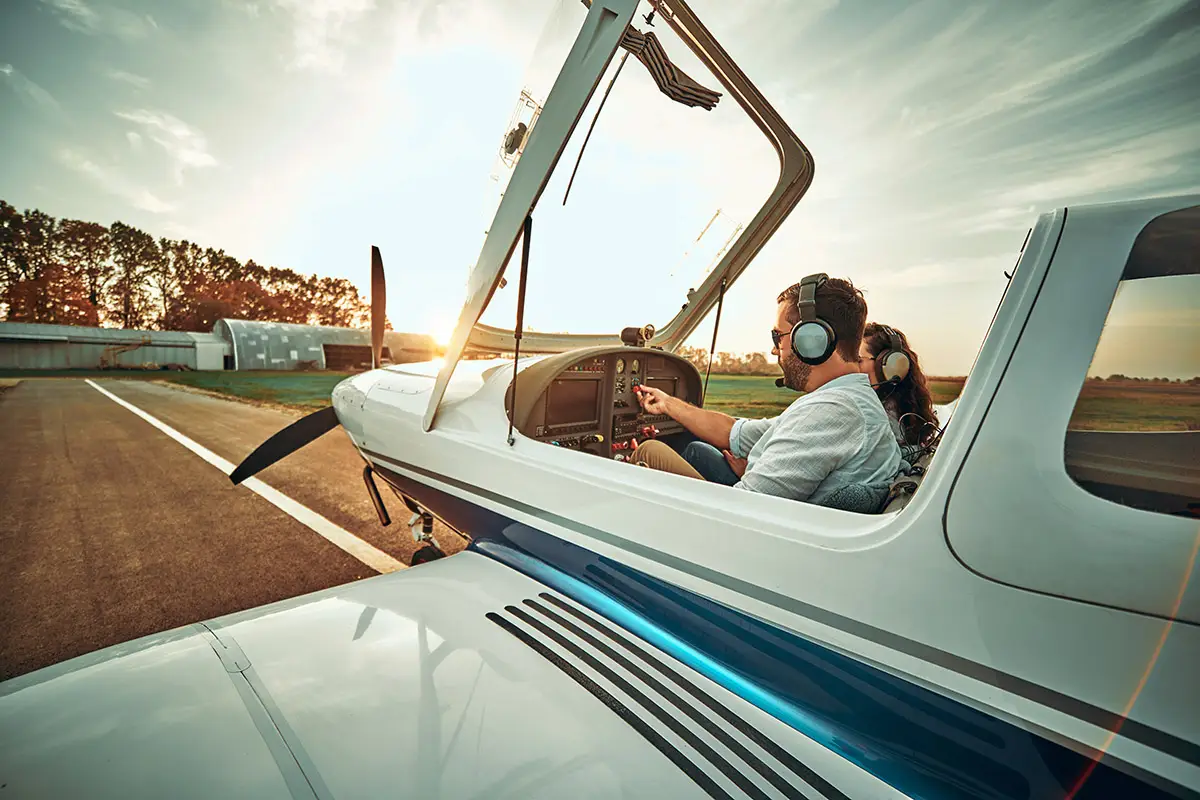
Sign-up for newsletters & special offers!
Get the latest FLYING stories & special offers delivered directly to your inbox

